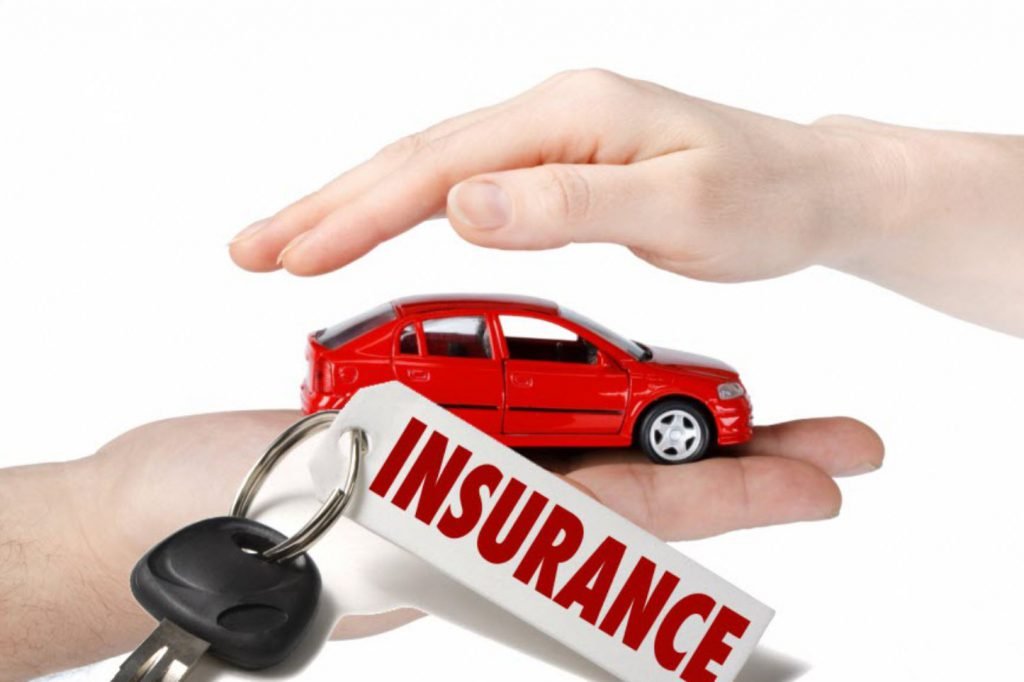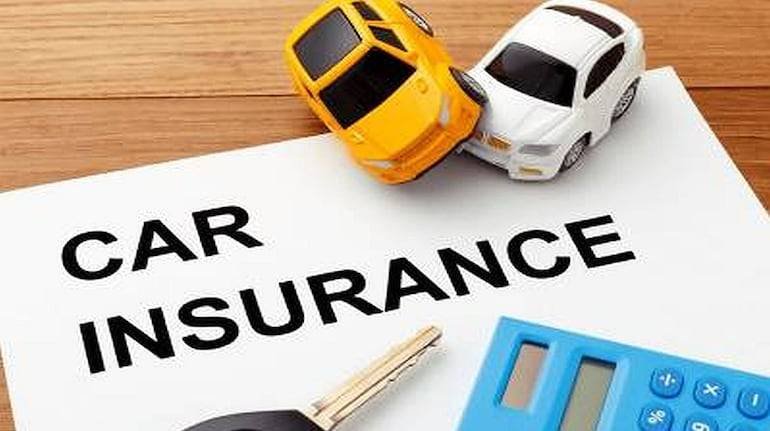
Auto insurance is an essential part of vehicle ownership, providing financial protection in case of accidents, theft, or other unforeseen events. Understanding the different coverage options and knowing how to save money on your premiums can help you make informed decisions. This article will explain the various types of auto insurance coverage and offer tips on how to reduce your insurance costs.
Types of Auto Insurance Coverage
- Liability Insurance
- Bodily Injury Liability (BIL): Covers medical expenses, lost wages, and legal fees for the other party if you’re at fault in an accident.
- Property Damage Liability (PDL): Covers repair or replacement costs for the other party’s vehicle or property damaged in an accident you caused.
- Collision Insurance
- Pays for repairs or replacement of your vehicle if it’s damaged in a collision, regardless of who is at fault.
- Comprehensive Insurance
- Covers damage to your vehicle from non-collision events such as theft, vandalism, fire, natural disasters, and falling objects.
- Personal Injury Protection (PIP)
- Covers medical expenses, lost wages, and other related costs for you and your passengers, regardless of fault.
- Uninsured/Underinsured Motorist Coverage (UM/UIM)
- Protects you if you’re involved in an accident with a driver who has little or no insurance.
- Medical Payments Coverage (MedPay)
- Similar to PIP but typically covers only medical expenses for you and your passengers, regardless of fault.
- Gap Insurance
- Covers the difference between your vehicle’s actual cash value and the remaining balance on your auto loan if your car is totaled or stolen.
How to Save Money on Auto Insurance

- Shop Around
- Compare quotes from multiple insurance providers to find the best rate. Use online comparison tools to make this process easier.
- Bundle Policies
- Purchase multiple types of insurance (e.g., auto and home) from the same provider to receive a multi-policy discount.
- Increase Deductibles
- Opt for a higher deductible to lower your premium. Ensure you can afford the out-of-pocket expense in case of a claim.
- Maintain a Good Driving Record
- Avoid accidents and traffic violations to qualify for safe driver discounts.
- Take Advantage of Discounts
- Ask about available discounts for things like good student grades, low annual mileage, defensive driving courses, and having safety features in your vehicle.
- Consider Usage-Based Insurance
- Some insurers offer pay-as-you-drive policies, which base premiums on your driving habits. This can be a good option if you drive infrequently or have safe driving behaviors.
- Review Coverage Regularly
- Assess your coverage needs periodically to ensure you aren’t paying for unnecessary coverage. Adjust your policy as your circumstances change.
- Improve Your Credit Score
- A higher credit score can lead to lower insurance premiums. Pay bills on time and reduce debt to improve your credit rating.
- Install Anti-Theft Devices
- Equipping your vehicle with anti-theft devices can lower your risk of theft and may qualify you for additional discounts.
- Limit Coverage on Older Vehicles
- Consider dropping collision and comprehensive coverage on older vehicles with low market value. The cost of repairs may exceed the vehicle’s worth.
Final Thoughts
Auto insurance is a crucial investment for any vehicle owner, offering protection and peace of mind on the road. By understanding the different types of coverage and implementing money-saving strategies, you can find a policy that meets your needs and fits your budget. Regularly review your policy and stay informed about new discounts and coverage options to ensure you’re getting the best deal possible.